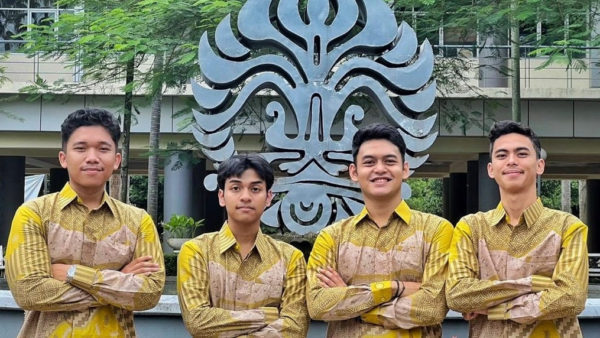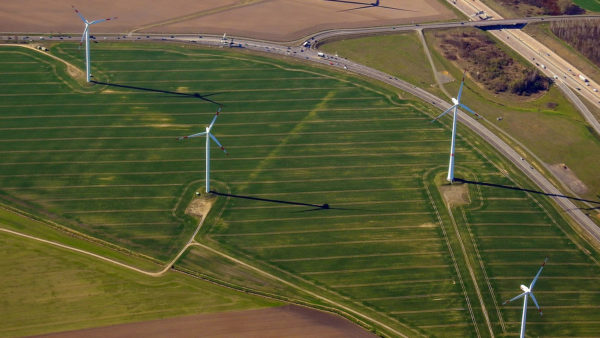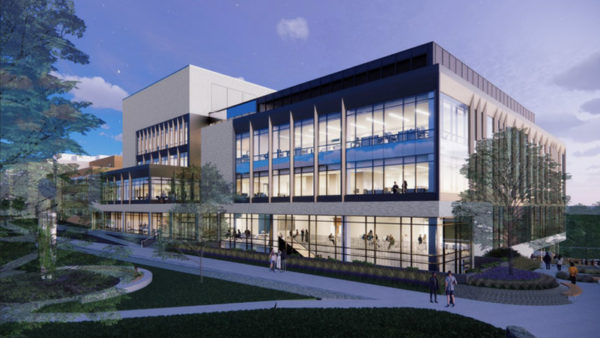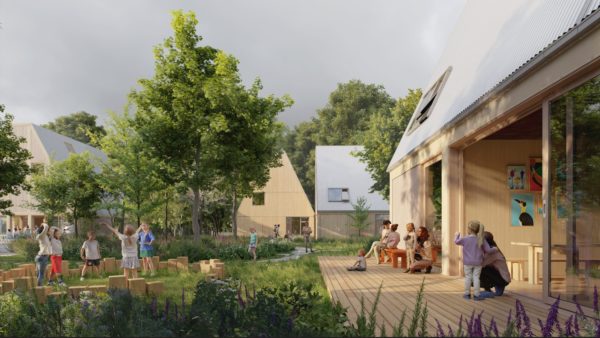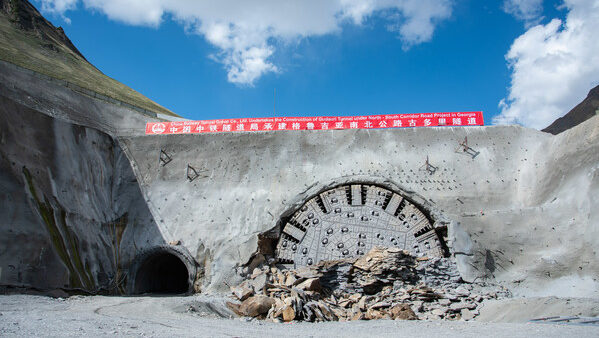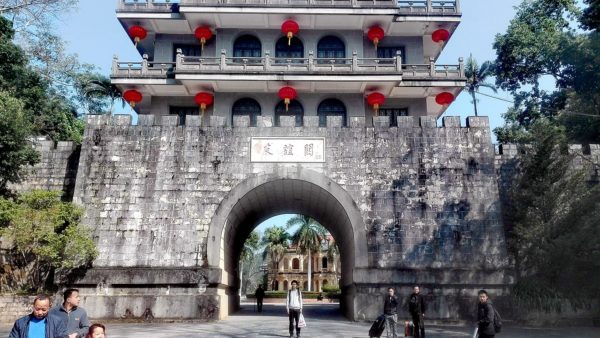Australia has entered a partnership with Japanese engineer Kawasaki Heavy Industries to built a US$390m pilot plant to turn a low-grade coal known as lignite into hydrogen. Japan will use the gas to develop fuel cells that can run vehicles instead of petrol or lithium ion batteries.
The plant would be located in the Latrobe Valley to the east of Melbourne. The area burns lignite, or brown coal, to produce about 85% of the energy used in the state of Victoria. The area is also economically depressed, and federal and state governments have each made a grant of US$40m towards the cost of the scheme in the hope of finding a new use for lignite.
Launching the project, Australia’s Prime Minister Malcolm Turnbull said: "It is the brilliance, the technological brilliance, the investment confidence, the optimism of Australians and Japanese working together that will ensure this very ancient resource of brown coal produces one of the critically important fuels of the future."
The pilot plant will be built by AGL, Australia’s biggest energy company. Construction is due to start early next year with the first shipment of hydrogen scheduled for 2020 or 2021.
If the trial is successful, a commercial plant will be built on a site near the Loy Yang lignite mine in the Latrobe Valley.
Lignite has a carbon content of around 70%, compared with 80% for bituminous coal and 90% for anthracite. As such it produces a high proportion of pollution per joule of energy.
Australia has been looking for a way to keep production of lignite, and other kinds of coal, going despite the material’s contribution to climate change, recently fighting a battle with the Asia Infrastructure Investment Bank to allow investment in coal projects.
Japan’s continued interest in using hydrogen to fuel electric vehicles may present an opportunity to improve the fuel’s image. In March of this year, 11 Japanese carmakers and energy firms announced that they were planning to build 80 hydrogen stations to add to the 100 that already exist.
Carbon emissions from burning coal are expected to be minimal for the trial phase but if the project is scaled up to a commercial plant then carbon capture and storage (CCS) would be needed to make the endeavour creditable from an environmental point of view.
That’s why Brad Page, CEO of the Melbourne-based Global CCS Institute, said the scheme is a chance for CCS technology to prove its value.
Attending the launch ceremony, Page said making hydrogen from coal involves separating out the CO2 anyway, and added that the location of the trial provided opportunities for geological storage.
"Because the Latrobe Valley has one of the world’s largest deposits of brown coal and with excellent carbon dioxide storage options nearby in the well-characterised Gippsland Basin, it makes perfect sense to locate this world-leading project here," he said.
"Indeed, multiple studies have found that converting coal and gas to hydrogen and using CCS is the cheapest way to produce low emission hydrogen."
Image: A Toyota fuel cell engine
Further reading:





